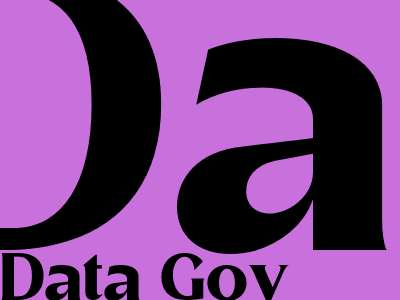Guide to Data Governance: Creating a Framework for Data Management Success
Introduction
In today's data-driven world, organizations face the challenge of managing vast amounts of data effectively. Data governance provides a framework for organizations to ensure the quality, consistency, and security of their data. By implementing a comprehensive data governance program, organizations can reap significant benefits, including improved decision-making, reduced risk, and increased efficiency.
Benefits of Data Governance
Improved Decision-Making
Data governance ensures that the data used for decision-making is accurate, reliable, and relevant. This allows organizations to make informed and data-driven decisions that lead to better outcomes.
Reduced Risk
Data governance helps organizations identify and mitigate data-related risks, such as data breaches, privacy violations, and compliance issues. By implementing appropriate security measures and policies, organizations can protect their data and reduce their exposure to risk.
Increased Efficiency
Data governance streamlines data management processes and eliminates data silos. By standardizing data formats, definitions, and processes, organizations can improve data accessibility and collaboration, leading to increased efficiency and productivity.
Components of a Data Governance Framework
Data Management Policies and Standards
Data governance policies and standards provide the foundation for data management practices within an organization. They define the rules and guidelines for data collection, storage, use, and disposal.
Data Stewardship
Data stewards are responsible for ensuring the quality and integrity of specific data assets. They define data standards, monitor data usage, and ensure compliance with data governance policies.
Data Architecture
Data architecture defines the structure and organization of data assets. It ensures data consistency, interoperability, and alignment with business requirements.
Data Security
Data security measures protect data from unauthorized access, alteration, or destruction. This includes implementing encryption, access controls, and data backup strategies.
Data Governance Tools
Data governance tools assist organizations in implementing and managing their data governance programs. These tools provide capabilities for data profiling, data quality monitoring, and data lineage tracking.
Implementing a Data Governance Program
1. Establish a Data Governance Committee
The data governance committee is responsible for overseeing the data governance program and ensuring its alignment with organizational goals. It should include representatives from key business units, IT, and compliance.
2. Develop Data Management Policies and Standards
Clear and comprehensive data management policies and standards provide guidance for all aspects of data management. They should be developed collaboratively with input from stakeholders across the organization.
3. Appoint Data Stewards
Data stewards are responsible for specific data assets and ensure their quality and compliance with data governance policies. They should have the authority to enforce data standards and resolve data-related issues.
4. Implement Data Governance Tools
Data governance tools can automate and streamline data management tasks. They provide insights into data quality, usage, and compliance, enabling organizations to make informed decisions about data management.
5. Monitor and Evaluate
Regular monitoring and evaluation are essential for ensuring the effectiveness of the data governance program. Organizations should track key performance indicators to assess progress and identify areas for improvement.
Conclusion
Data governance is a critical component of data management success. By implementing a comprehensive data governance framework, organizations can unlock the full potential of their data, improve decision-making, reduce risk, and increase efficiency. With the right leadership, processes, and tools in place, organizations can create a data environment that supports their strategic goals and enables them to thrive in the digital age.

Komentar